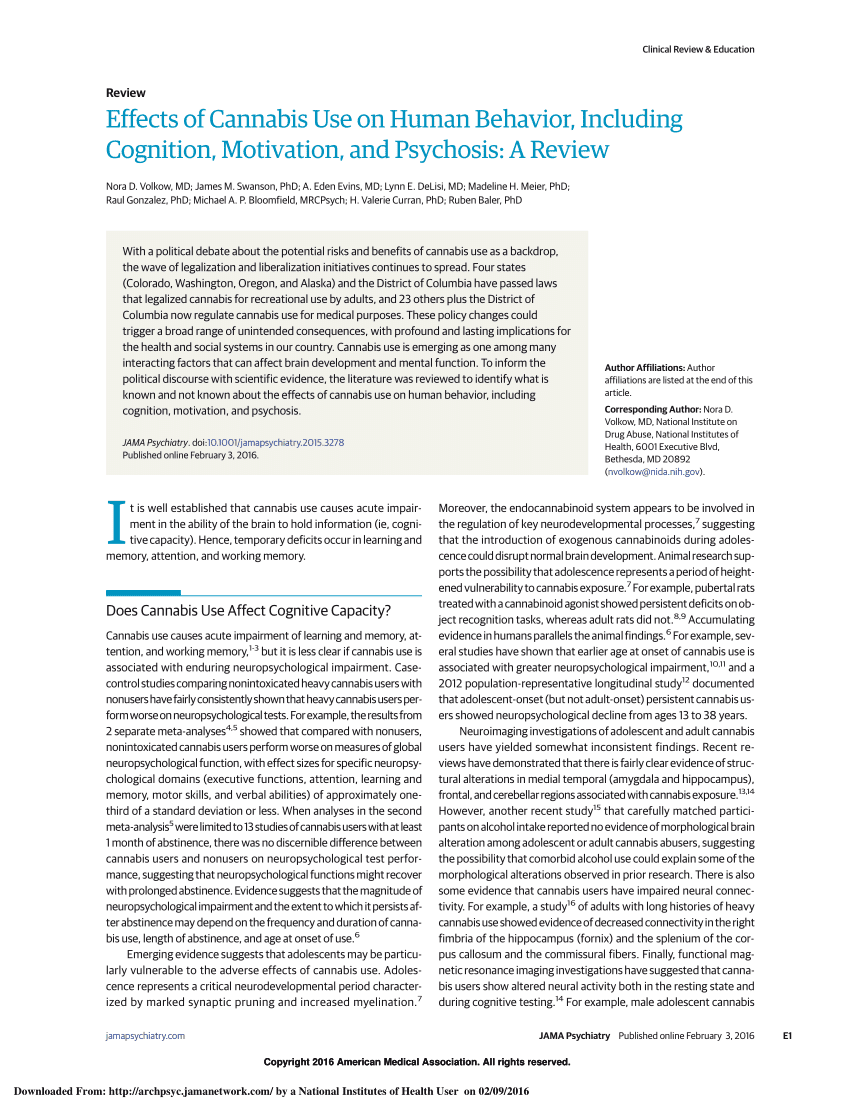I've become more anti-cannabis since the last time I posted on this thread. Personally, I don't think it would be wise for anyone with hypothyroidism to use this product. If you're dealing with any sort of hyperventilation or low CO2 problems, then using cannabis will just make the situation worse.
If you're healthy, then perhaps it won't cause you harm. I do still think cannabis in it's raw state is probably anti-inflammatory, but it's not psychoactive. And thus probably useless for the vast majority of people interested in cannabis, lol.
Also, even raw cannabis may have goitrogens or other anti-thyroid properties in it, we don't really know. But raw greens usually have stuff like that in them.
If you're healthy, then perhaps it won't cause you harm. I do still think cannabis in it's raw state is probably anti-inflammatory, but it's not psychoactive. And thus probably useless for the vast majority of people interested in cannabis, lol.
Also, even raw cannabis may have goitrogens or other anti-thyroid properties in it, we don't really know. But raw greens usually have stuff like that in them.


